Today being the feast of Saint Monica, saintly mother of Saint Augustine (whose own feast is tomorrow), I was reminded of the town of Angat, in a picturesque but distant and seldom-visited corner of Bulacan province, whose patron Santa Monica is.
I started visiting Angat regularly about five years ago, when I first went to an antique dealer there who eventually became a close family friend. Over the course of just a few years, he became the source of at least two of my magic tables (see A Magic Table Addict’s Confession) including the very first, and various interesting and unique antique furniture pieces besides – from balayong aparadors to rolltop desks to botica-style book cabinets.
I started visiting Angat regularly about five years ago, when I first went to an antique dealer there who eventually became a close family friend. Over the course of just a few years, he became the source of at least two of my magic tables (see A Magic Table Addict’s Confession) including the very first, and various interesting and unique antique furniture pieces besides – from balayong aparadors to rolltop desks to botica-style book cabinets.
We've gone antique-hunting in and around Central Luzon countless times together, and shared many an antique addiction story over forced brunch, late lunch, or skipped dinner.
So it was a little strange perhaps that despite all that, we had never really discussed religious images much, at least not as much as antique furniture. In reality, I guess it was because I was never really interested in old santos, whereas he obviously was, being an antique dealer. However, we had a point of convergence, and that was Holy Week.
I showed up at his place at mid-morning this past Holy Wednesday, and caught him in the short driveway in front of his house, busily fixing up this frightening figure – easily seven feet tall.
I showed up at his place at mid-morning this past Holy Wednesday, and caught him in the short driveway in front of his house, busily fixing up this frightening figure – easily seven feet tall.
This was an unusual vintage image of a Christ of the Passion, passable as the Ecce Homo, acquired a few years ago from the Manila family that had originally used it for home veneration. Because it was literally larger-than-life, my antique dealer-friend compensated to avoid the usual vertical clearance problems by using a low put-together disassembleable carroza, but still with authentic wooden wheels.
And if you thought that this Christ was striking and imposing from the front, wait till you see it from behind.
I then enlisted my friend to serve as my guide for the rest of the morning, going to carroza owners’ homes around town to see them being readied for the evening’s procession. Diagonally across the street was this solid-looking vehicle,
which was to convey this not-so-old four-foot-scale image of Santa Maria Magdalena.
Just next door, with a close relative, was the town’s antique Santo Entierro, a rare pre-war survivor, still lying in state in the family’s living room.
I thought that the garland of flowers on the head made the figure look quite similar to the remains of those incorruptible saints strewn over parts of modern Italy and France.
The caretakers had kindly showed off the embroidered blanket, to be draped once the image was transferred to the (sadly no longer original) calandra later in the day.
Our next stop was this formidable-looking newly-purpose-built garage in the expansive yard of a large early post-war house on the other side of the Angat town proper.
In one corner of the garage sat this antique silver carroza, appropriate for a single processional image.
But the real attraction of the stable was this tableau of the Third Fall of Christ.
This ensemble was dated to the 1940's, and like many such pieces up and down the archipelago, was attributed to the Maximo Vicente Workshop in Manila.
I have to say that I found its appearance a bit too folksy for my taste, unlike some other more classical-looking ex-Maximo Vicente works that I have come across.
Or maybe it’s just the way they’ve been painted since their original state.
Just several stones' throws away was the Santa Monica Parish Church itself, where parked was this new and folksy Entry into Jerusalem.
And an even folksier Paciencia, possibly from the same maker.
Not finding any Holy Week images of interest inside the church, we continue scouring the town proper for other leads. In one visita, we chance upon this possibly confusing processional image of San Lazaro (did he actually become a Bishop after he was raised from the dead)?
Right beside it was a proudly labelled processional image of Santa Maria Jacobe.
Whose carroza was also proudly though a bit vaguely marked “Carroceria Moderna P. Mariano Plaridel Bul.” [?]
Still a few more blocks away was a pre-war image of San Juan Evangelista.
Its small scale may be due to the fact that most if not all the Holy Week processional images in this town were originally shoulder-borne.
Now they're all carroza-borne, but the carrozas are simple affairs, like Saint John's simple, unadorned stainless-steel platform.
Another relatively simple carroza, in more ornamented stainless steel, was in another part of the Bayan.
This was actually the vehicle of the Dolorosa, another mid-20th century piece attributed to Maximo Vicente.
Too bad about the tasteless drapery (or is it upholstery?) having been conscripted as garments.
The same family owns the Alegria, a newer, and not-as-pleasing-looking image also attributed to Maximo Vicente.
And while the garments are folksy-looking, at least they don’t look like they belong on a sofa.
Angat has a tableau of the Pasyon-based “Ang Pagpapaalam ng Panginoon sa Kanyang Mahal na Ina.” Unfortunately, it had not yet been set up for the procession when we had come knocking, but anyway they let us see it in its domestic state.
Nearby was the home of the processional image of San Pedro. Like San Juan Evangelista, this was small-scaled at about three feet tall, and reportedly a pre-war survivor as well.
I just felt that his rooster was a bit cartoonish, like the Road Runner, perhaps, or even Max’s Fried Chicken.
And isn’t his halo just a tad too big for his head?
A young native of the town, a friend of our antique dealer, was not only the favored carroza decorator of many of the image owners in Angat, but also the owner of several processional images himself. His featured image in the line-up was this elegantly dressed Santa Marta.
The facial expression of this image is characteristic of the prolific santero from Pulilan town whose work this is.
Sadly, the santero has reportedly already retired due to poor health. Fortunately, our young carroza decorator had managed to commission other images beforehand, including this Dolorosa, unmistakably from the same maker.
And a most dramatic Christ and the Penitent Woman,
even more obviously made by the same artist.
And to round things out, this home’s chapel also had an image of the Resurrected Christ, with an unusual elongated middle potencia.
The highlight of this abbreviated Holy Week tour has to be this most impressive Agony in the Garden.
According to the owners, it dates from the first decade of the 20th century.
The figures’ very classical and elegant appearance makes this easy to believe.
It could benefit though from better, even simpler, garments. And a less cluttered carroza decoration, going easy on the potted plants somewhat.
And so thus ends our Semana Santa-Files visit to Angat, an underexposed Holy Week destination amidst its rather overrated neighbors. Why not try dropping by here instead next time?
Originally published on 27 August 2007. All texts and photos copyright ©2007 by Leo D Cloma. The moral right of Leo D Cloma to be identified as the author of this work has been asserted.
puyat1981 wrote on Aug 28, '07
Leo, the wounded back of the image of the standing Christ, was beyond words....parang buhay....
|
rally65 wrote on Aug 28, '07
Yep, but this isn't unique -- many outstanding processional "Christ" images in the Philippines (Ecce Homo, Paciencia, Scourging, etc.) are rendered in the same way. See http://www.flickr.com/groups/semana_santa_filipinas/ for more examples.
|
friendsofsanroque wrote on Aug 28, '07
yeah kuya Leo,, wonder kng nilagyan niLa ng varnish un,,,,
|
arcastro57 wrote on Aug 28, '07
Great read, as always. I haven't touched base with Mang Robin in over a year. Probably it's time again. BTW, San Lazaro was supposed to have gone to France with her sisters and became a bishop of Marseilles. How's that for trivia?
|
rally65 wrote on Aug 28, '07
So that's why he's dressed and accessorized like a Bishop! But anyway that didn't happen until way after the Crucifixion. And to think I thought that he promptly died again soon afterwards. Ha ha ha.
|
jayroberto wrote on Aug 28, '07
San Lazaro
c/o Semana Santa Pilipinas - Sta. Cruz Hindi naman siya mukhang Obispo, daig pa siya ni Marvin. Buti pa sa kanila, "madadrama" ang mga paso. *clapclapclap* |
victorancheta wrote on Aug 30, '07
^^^^^ Ba nagsalita, di nga naman "madrama" ang mga paso ng Baliuag.
lol Leo, do you know how old are the figures for the "Pamamaalam" tableau? |
rally65 wrote on Aug 31, '07
I don't think that "Pamamaalam" tableau is very old -- perhaps vintage 1980's or 1990's only, at best.
|





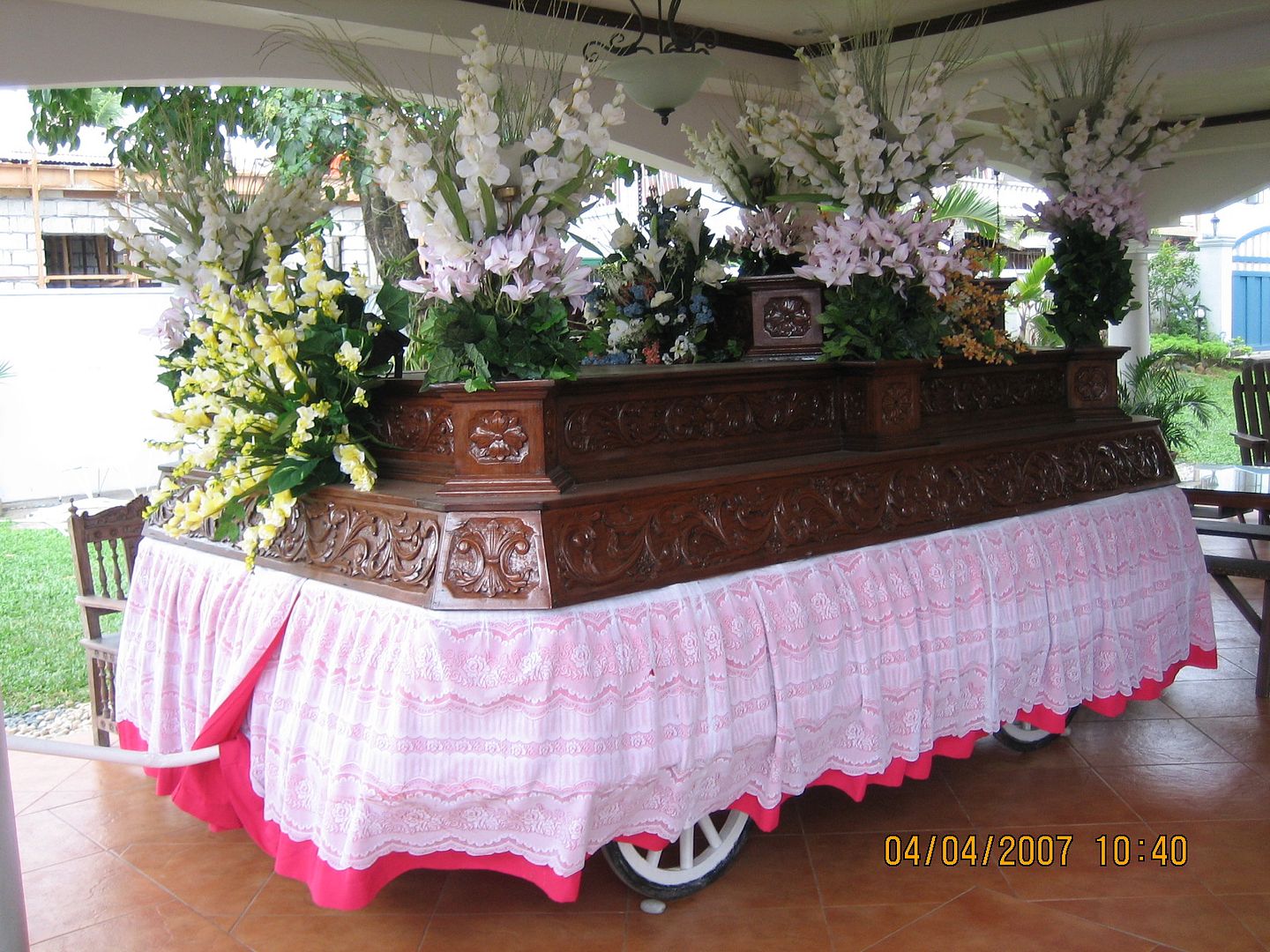



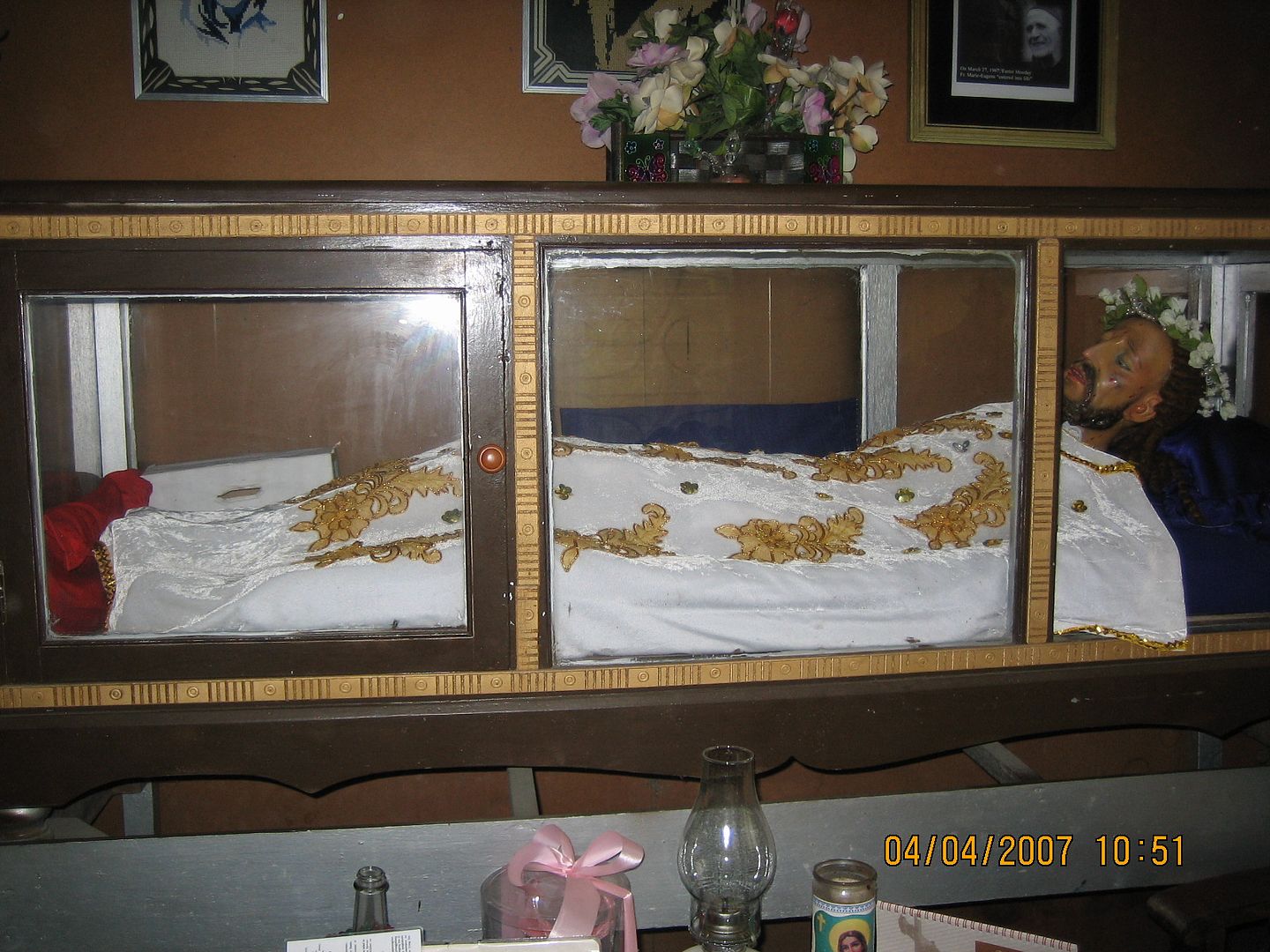

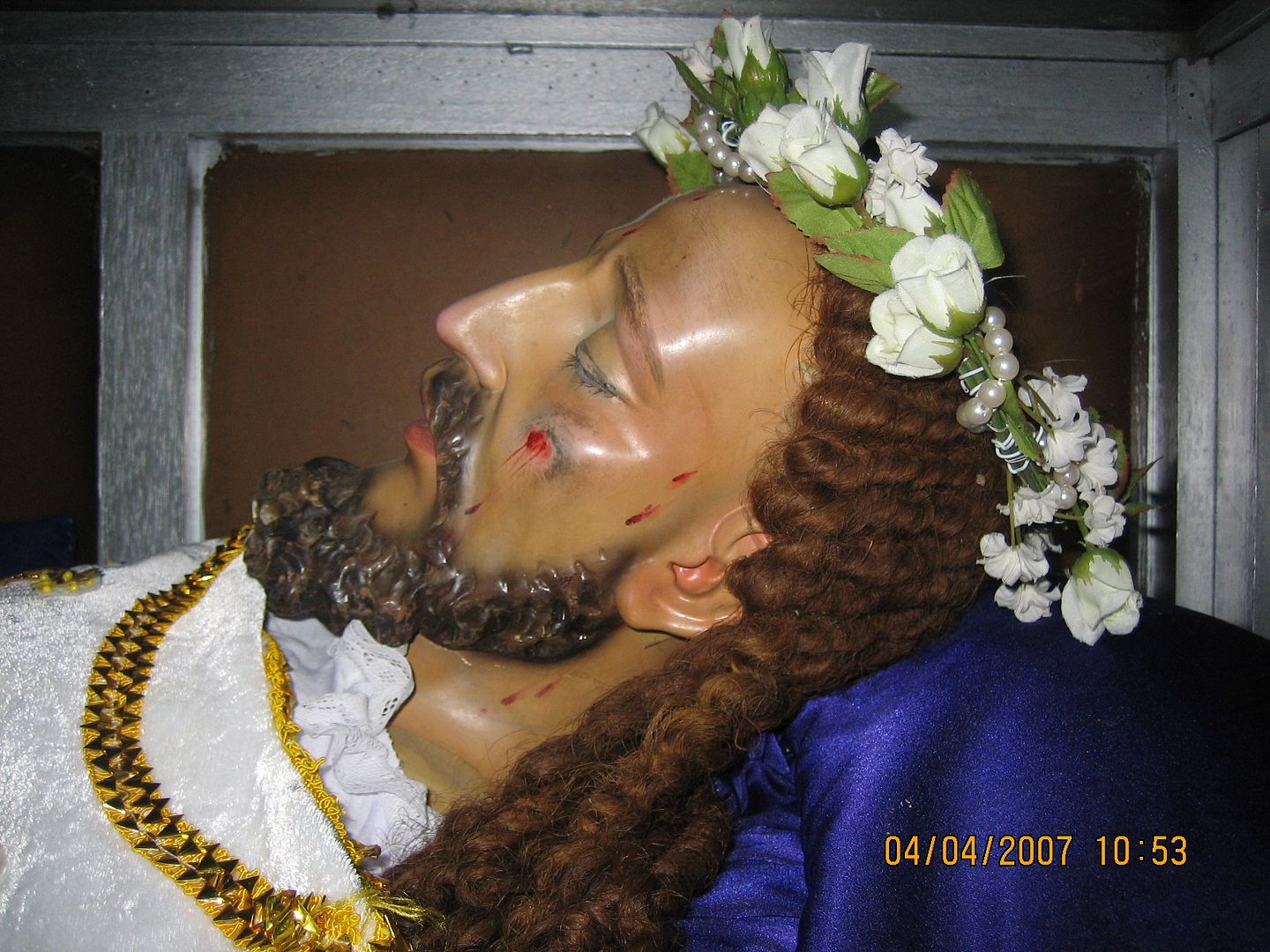
















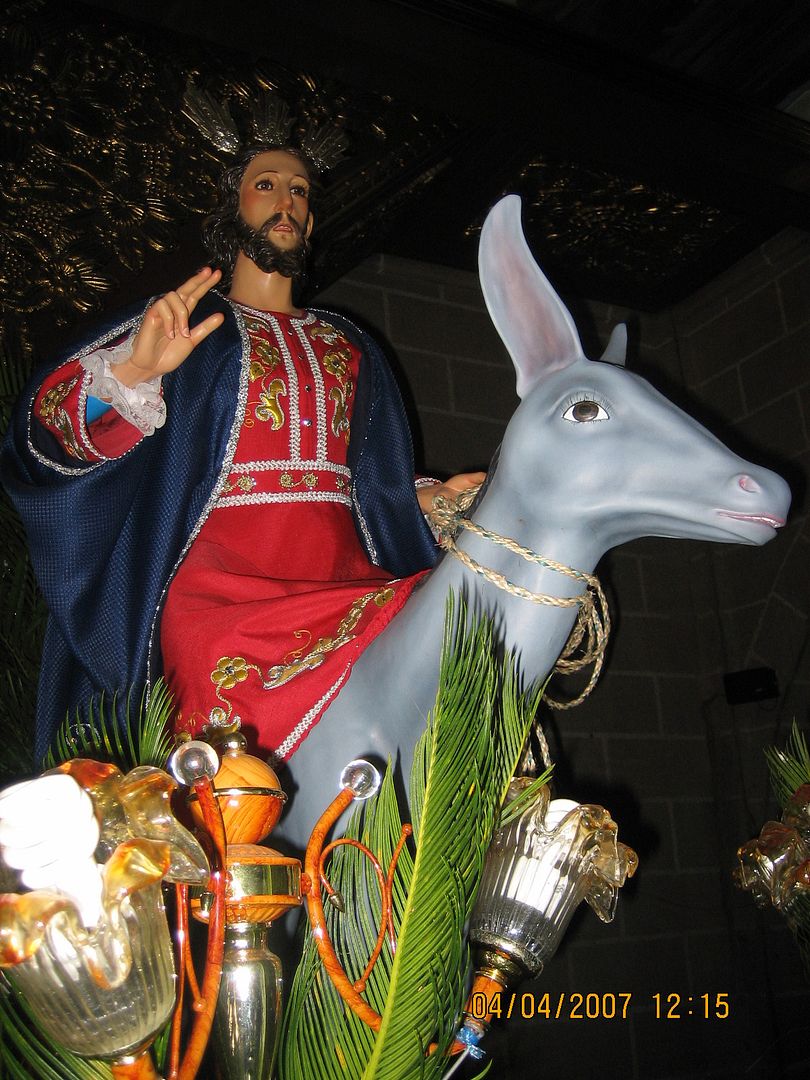






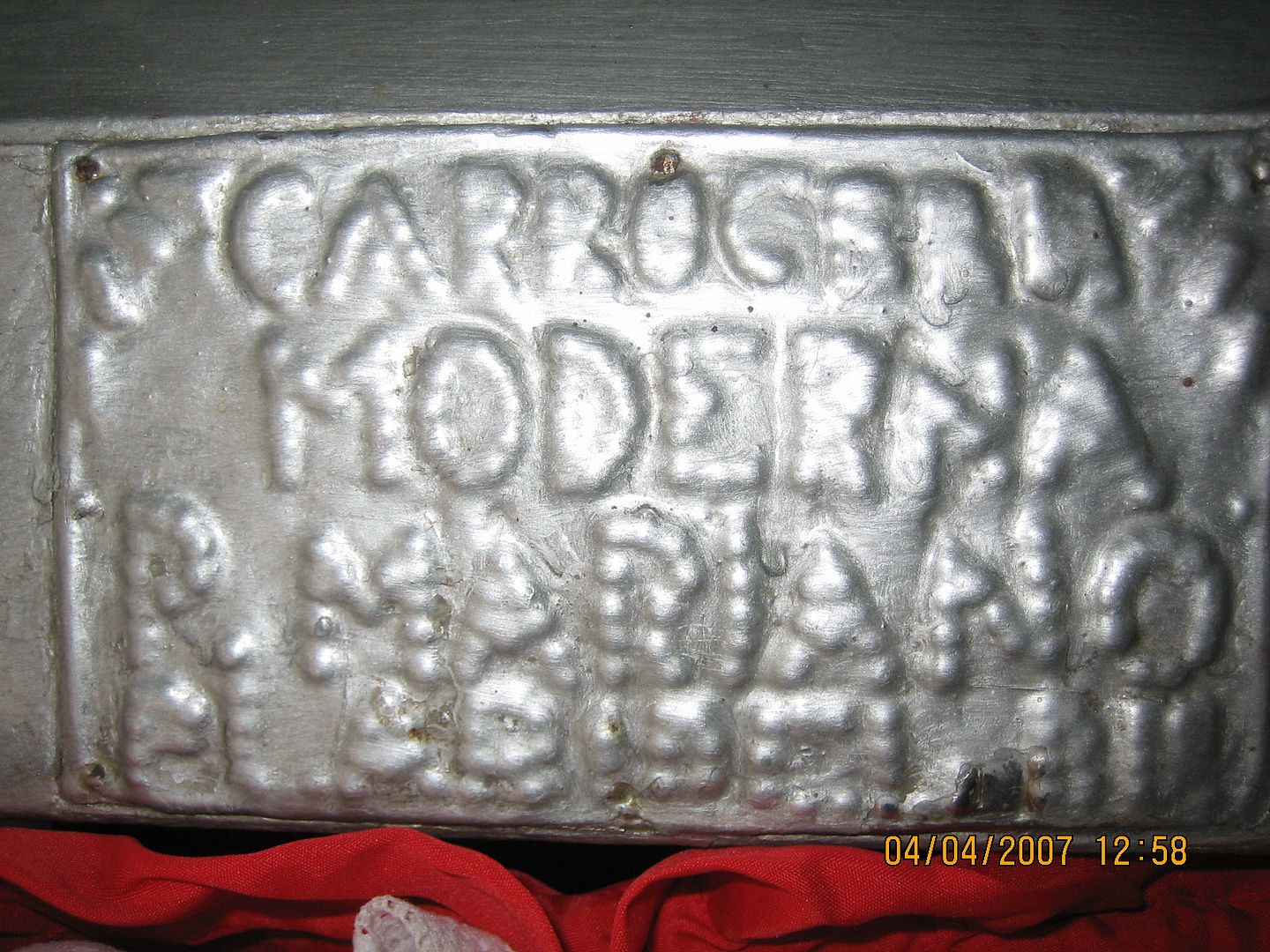











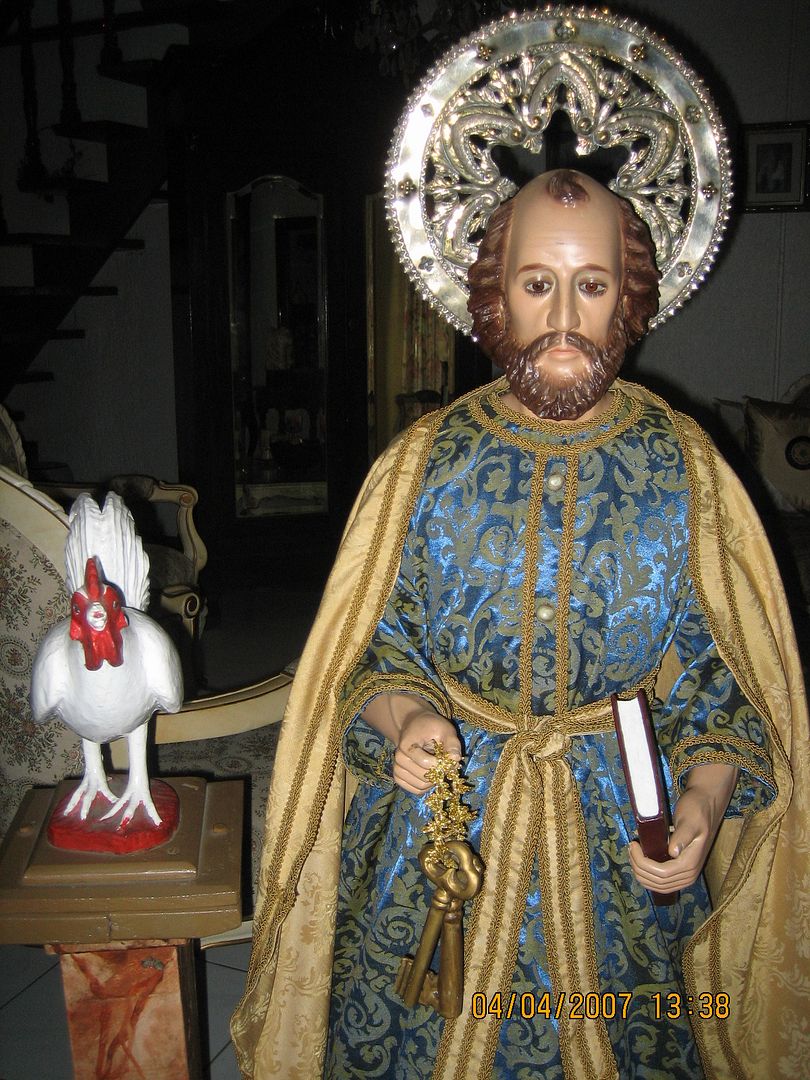













No comments:
Post a Comment